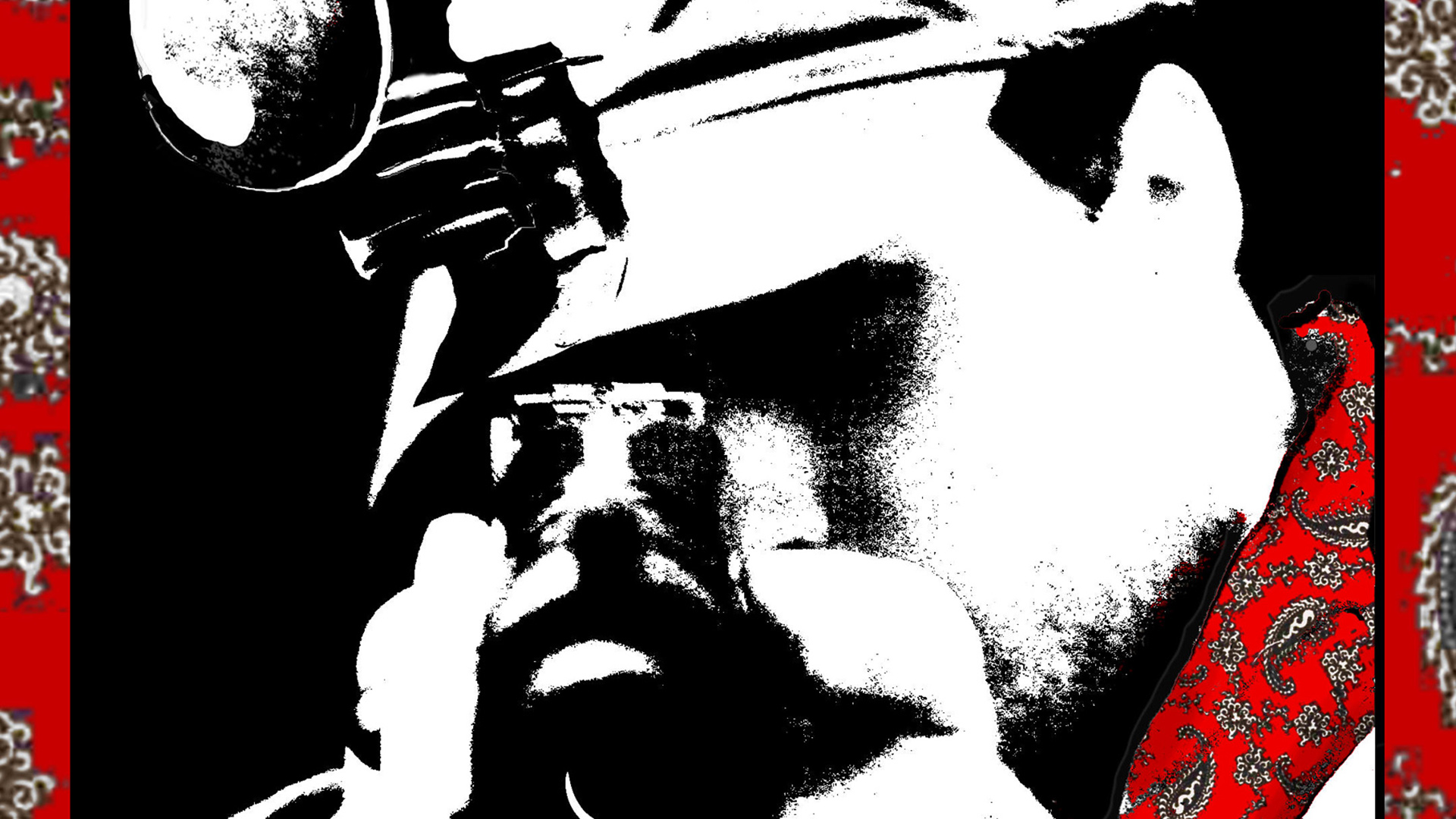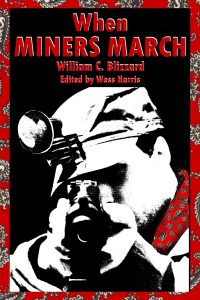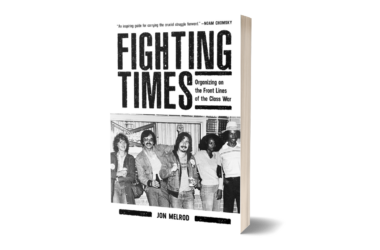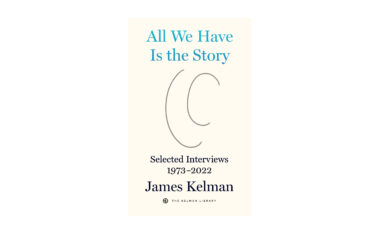By Lawrence Messina
The Associated Press
June 5, 2010
CHARLESTON, W.Va. — A slim, steel object resembling a rusty bayonet juts out of a wall in West Virginia’s new state museum, a part of a series of exhibits meant to portray the history of coal mining in the Mountain State.
Known as a “Stickin’ Tommy,” it holds a stubby candle in a loop at its midpoint. Long before the days of carbide lanterns and helmet lamps, miners jabbed these into the seams they were working to light their way as they dug coal. The museum’s artifact is stuck into a display meant to resemble the inside of an underground mine tunnel.
But according to labor historian Wess Harris, it is also upside down.
Harris
explained that a hook that rises up above the candle loop should
actually be facing downward. Miners would hang the shared wick of
homemade candles on the hook as spares, he said during a recent tour of
the museum.
The placement of the Stickin’ Tommy is one of several errors in the coal-related exhibits alleged by Harris, an author and state Labor History Association board member who was named last year’s “West Virginia History Hero” for his work. He believes they mar the museum’s attempt to tell a critical part of the state’s history.
These concerns put Harris at odds with the state Division of Culture and History, which oversees the museum and has dismissed the questions he’s raised about the displays.
“I cannot answer you why Mr. Harris
still does not think that the facts as we have presented them are
correct. We continue to believe they are,” said Jacqueline Proctor, the
agency’s deputy commissioner.
Harris objects to the exhibits as the
museum prepares to celebrate its first anniversary on West Virginia Day,
June 20. The state spent five years and nearly $18 million to design
and build its 24,000 square feet of exhibit space beneath the Capitol
Complex’s Culture Center. Replacing a previous museum that closed in
2004, the new museum’s scope spans from prehistoric times to the
present. It displays more than 2,000 artifacts plus more on a rotating
basis from the state’s 60,000-piece collection, Proctor said.
“It really represents West Virginia extremely proudly and well,” Proctor said.
Some of the issues raised by Harris are similarly as technical as the Stickin’ Tommy. The walls meant to mimic a mine tunnel, for instance, have sections above the coal seams meant to resemble rock. No such mine would look like that, Harris said.
“You weren’t paid to dig rock,” Harris said. “If the coal was three feet [high], you would only have three feet to stand up in.”
But Harris also sees a political bent to several of the coal exhibits. He disputes language in the narrative that accompanies the mock-up of a coal company store. It reads in part that most of these stores “offered necessities at affordable prices.”
The record does not support that, Harris argues, and he cites studies that found companies adjusted prices to control wages. He similarly bristles at the exhibit’s treatment of the now-infamous scrip by which coal companies paid miners in lieu of U.S. currency.
“Your treatment of scrip as some sort of favor to the miners is an insult to the people of our state,” Harris said in a March letter to Culture and History officials.
Other exhibits miss interesting elements of the events they seek to portray, Harris said. Several involve the trials that followed the 1921 Battle of Blair Mountain, where miners seeking to unionize the southern coalfield fought the forces of mine owners and Logan County Sheriff Don Chafin.
Miners played baseball in between court sessions. While described in one exhibit as a way to pass time, Harris said the evidence shows the games were instead a public relations ploy. Besides being a beloved American pastime, Harris said the miners played to raise money for charity.
“There was a huge effort to influence the jury, and to make friends,” Harris said. “Good historians know that.”
Harris also takes issue with aspects of the portrayal of William “Bill” Blizzard, the longtime union organizer who led the miners at Blair Mountain and was acquitted at his subsequent trial. One exhibit calls Blizzard a Socialist. He was instead a Republican for most of his life, Harris said.
Harris’ sources on that include Blizzard’s late son, who with Harris wrote “When Miners March.”
The 400-page book chronicles the unrest in the coalfields that
culminated in the Battle of Blair Mountain. Its recently released second
edition includes several of Harris’ criticisms of the museum’s coal
displays.
The Culture and History Division reviewed 10 of Harris’
objections in March, aided by several historians who helped shape the
new museum. They ultimately rejected his allegations, while giving
ground on some points.
They found that calling Blizzard a Socialist was imprecise, for instance, and that the exhibit about his trial could clarify that he was charged with treason against West Virginia rather than the United States. But they also noted that the company store exhibit is meant to span an era both before and after the 1930s labor laws greatly improved conditions for miners and their communities.
“There are positions that historians take and museum developers take regarding presentation of the facts,” Proctor said. “We do not believe that the information needs to be changed.”
But Harris persists. He regularly leads tours of college students and other groups of the exhibits at issue. He said state Education and the Arts Secretary Kay Goodwin, whose department includes the Culture and History Division, recently joined in on one of them and afterward offered to help arbitrate his concerns.
“They don’t have to change the exhibits a whole heck of a lot,” Harris said. “Overall, the visual content is good. It’s a wonderful presentation.”






